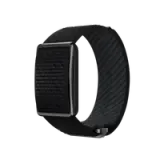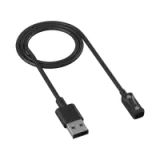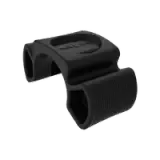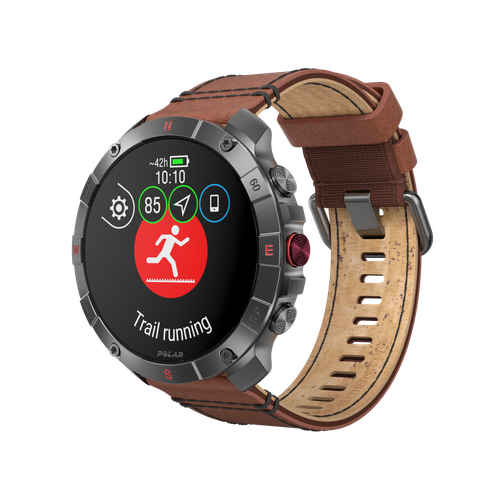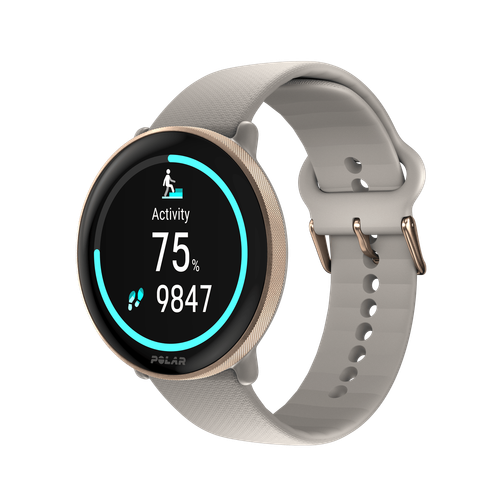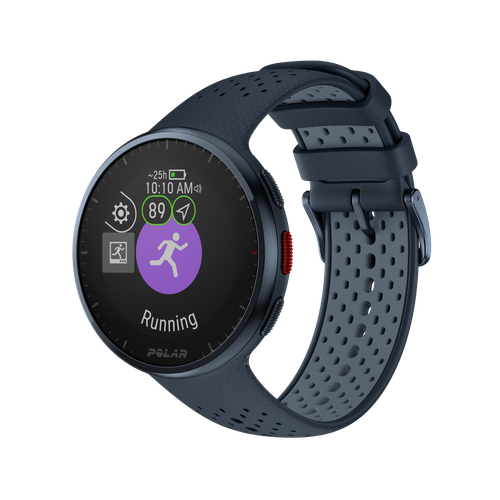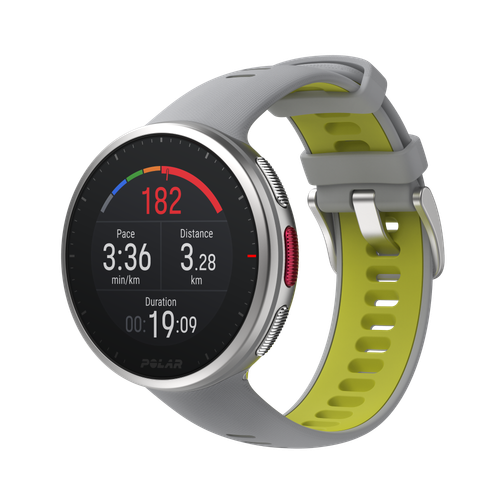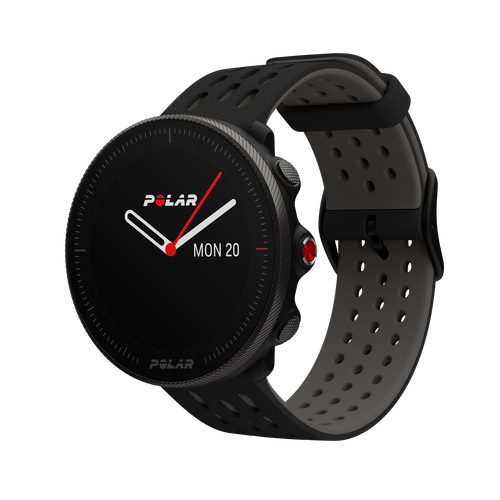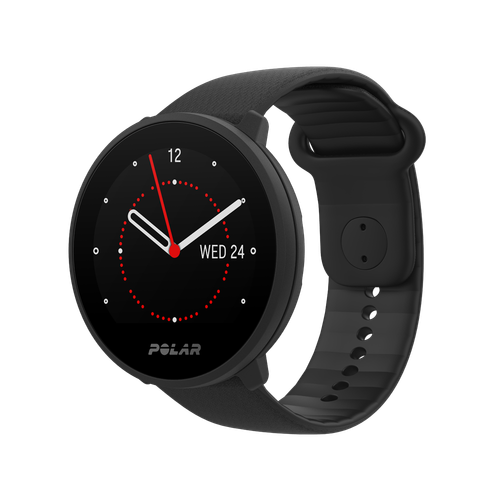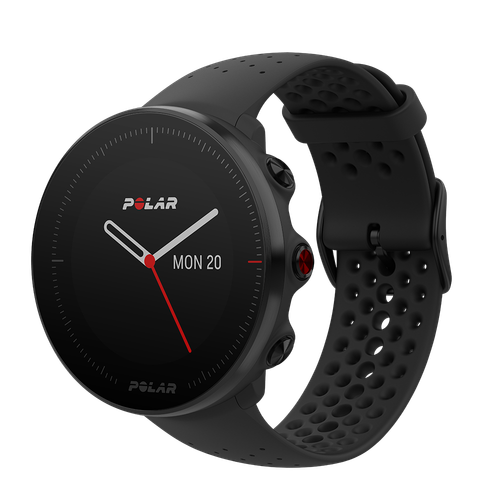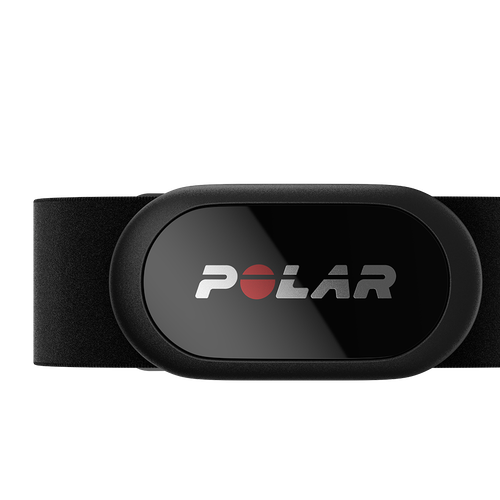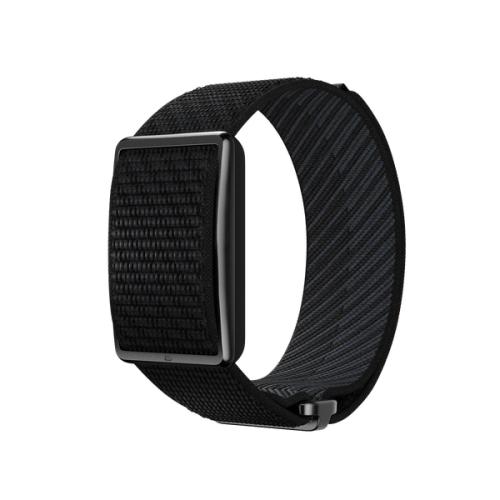As the winter chill set in, Sarah found herself longing for a way to keep her running routine alive. The icy roads and dwindling daylight made outdoor runs less appealing and kind of dangerous. That's when a running buddy suggested that she give indoor track workouts a try till the sunshine and longer days returned.
At first, the idea of running laps on a track seemed monotonous. But as Sarah began to explore the possibilities, she realized the immense potential of this training method. The measured distances, precise timing, and controlled environment offered a level of precision that road running simply couldn't match. In the spring, Sarah found herself delighted to be able to mix things up, running intervals on outdoor tracks to complement the long, steady road runs.
No matter the season, you can transform your running routine with track sessions, too. Let's look at the benefits, etiquette and types of runs you try to elevate your performance (and keep you motivated throughout the colder months).
Track workout benefits
Track workouts are a fantastic way to elevate your running game. Whether you’re a seasoned runner aiming for a personal best or a beginner looking to improve your overall fitness, incorporating track sessions into your training routine can yield significant benefits.
For new runners, track workouts offer a structured and controlled environment to experiment with different paces and intensities. By gradually increasing the challenge, you can build speed and endurance without risking injury. For more experienced runners, track workouts provide the perfect opportunity to push your limits and achieve faster times.
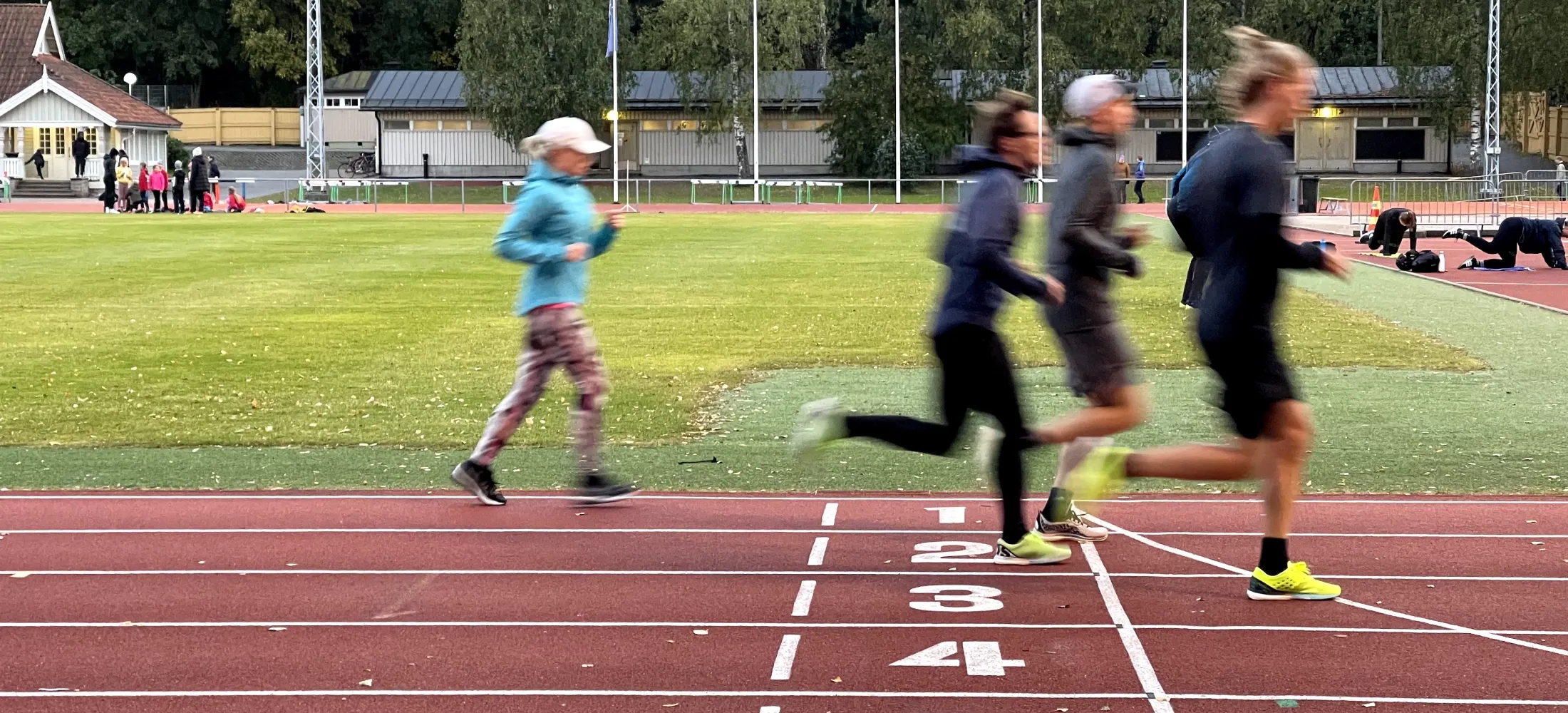
Ideal for speed work
Track workouts are a fantastic way to boost your speed and power. These short-interval anaerobic training sessions are designed to stimulate your fast-twitch muscle fibers, the ones responsible for explosive power and quick bursts of energy.
You’re essentially strength-training your muscles by pushing your body to its limits with intense, short bursts of effort. This anaerobic training taps into your body’s ability to produce energy without oxygen, improving your lactate threshold and reducing muscle fatigue.
The structure of track workouts, with alternating high-intensity intervals and rest periods, mirrors the principles of High-Intensity Interval Training (HIIT). This format allows you to maintain consistent effort throughout the workout, maximizing your gains and minimizing the risk of injury.
Fine-tune your pace
Track workouts offer a unique opportunity to refine your pacing and effort level. With precise measurements and consistent distances, you can better gauge your performance and make data-driven adjustments to your training.
By incorporating heart rate training into your track workouts, you can gain even deeper insights into your effort and intensity. Monitoring your heart rate during specific intervals allows you to compare your performance across different sessions and identify areas for improvement. For instance, you can easily compare two 10x400m sessions, one month apart, and assess whether you've made progress in terms of speed, endurance, or efficiency.
Enjoying this article? Subscribe to Polar Journal and get notified when a new Polar Journal issue is out.
Subscribe
Year-around fitness option
One of the most significant advantages of track workouts is their versatility. While outdoor tracks offer fresh air and potential sunshine, indoor tracks provide a controlled environment perfect for training year-round. During the harsh winter months, indoor track facilities provide a safe and warm space to maintain your fitness routine.
The indoor track season in the United States typically runs from December to March, providing a valuable opportunity to build a strong foundation for the upcoming outdoor season. Indoor track sessions are a great way to stay active and motivated during the colder months, no matter the weather.
Track is safer
Running on the open road can be exhilarating, but it also comes with inherent risks. Distracted drivers, unpredictable pedestrians, and dodging obstacles like potholes can pose significant dangers to runners. In contrast, track workouts offer a safer and more controlled environment.
When you run on a track, you can focus solely on your workout. The consistent surface and clearly marked lanes provide a predictable and secure space to push your limits. This reduced risk of accidents allows you to train with confidence and peace of mind.
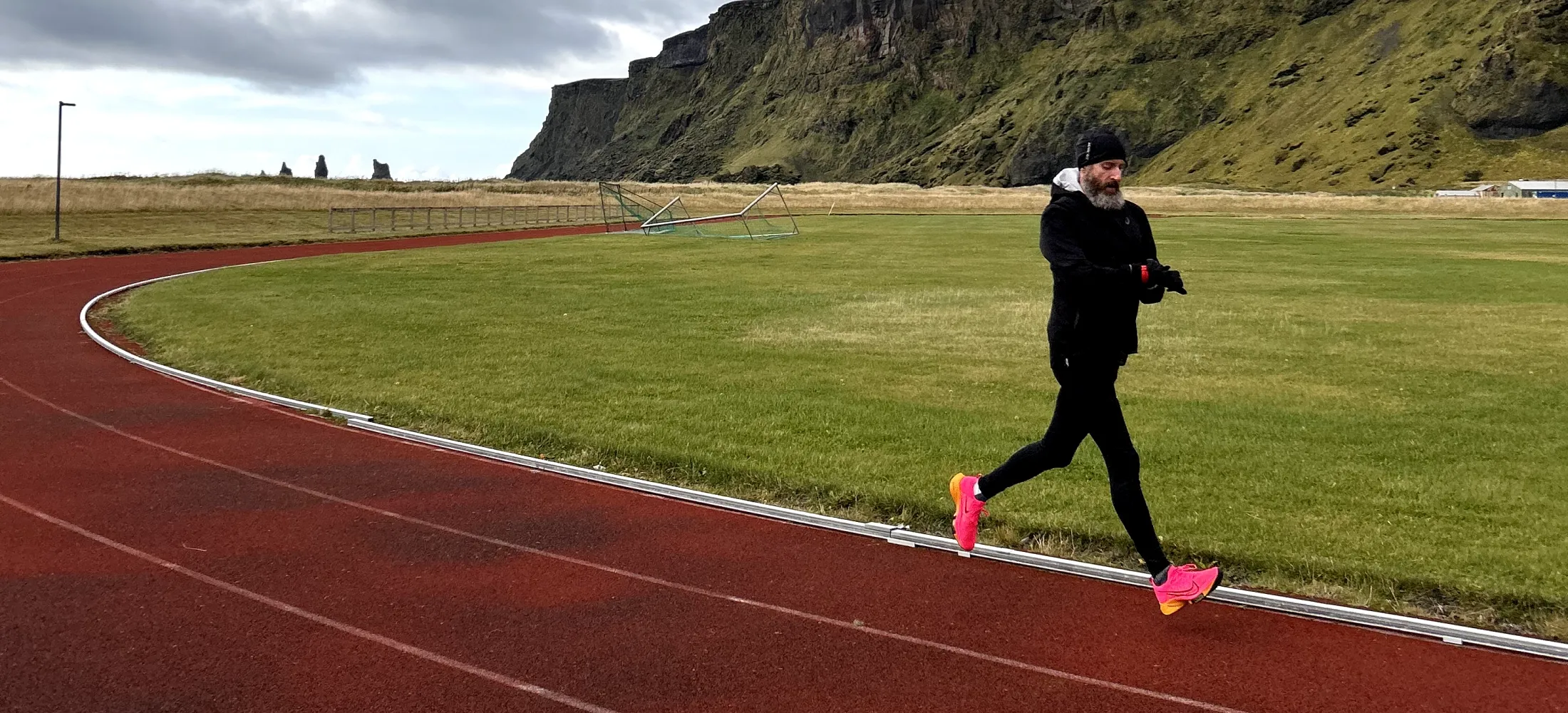
How to make running on track fun
Track workouts can be a great way to improve your running, but they also have the potential to be a bit monotonous. Here are a few tips to make your track workouts more enjoyable:
Run with a group
Track workouts are perfect for group training. Even the fastest runners can’t run too far on a track, so everyone can stay together and enjoy the social aspect of running. A group can provide motivation, accountability, and friendly competition. You can also try different workout structures, such as relay races or partner workouts, to add some variety and fun to your training.
Use the track to your advantage
One of the most significant advantages of track workouts is the ability to measure distance and pace accurately. The standard 400-meter track makes it easy to estimate your pace for different distances. For example, if you want to run a 5K pace, you can aim to complete each 400-meter lap in a specific time. This precision can help you stay on track (pardon the pun) during your workout and make adjustments as needed.
Embrace the pro athlete feeling
Running on a track can make you feel like a professional athlete. The measured distances, plus the starting and finish lines, all contribute to a more competitive and focused atmosphere. You can even log your own PBs to track your progress over time.
Track workouts you can try
Before diving into your workout, remember to do a proper warm-up. Aim for a 15–20-minute easy jog, followed by dynamic drills like high knees, butt kicks, and leg swings. These drills help prepare your muscles for the workout ahead and reduce your risk of injury.
200m
The 200m track workout is a classic speed training exercise. With a clear starting line and finish line, you can focus on explosive power and acceleration. This workout helps improve your top-end speed and refine your running mechanics.
Ladder intervals
Ladder intervals involve gradually increasing and decreasing the distance of each interval. For example, you might start with 400 meters, then 800, 1200, 1600 and then work your way back down. This type of workout is great for building both speed and endurance.

Cooper test
A classic aerobic fitness test, the Cooper Test involves running as far as possible in 12 minutes. It’s a simple yet effective way to measure your cardiovascular endurance and track your progress over time.
Mile/1K repeats
A mile or 1K repeats are a staple of track workouts and are simple, too. You run hard for one mile/kilometer, recover for a bit, and repeat a few more times. This type of workout helps improve your lactate threshold and build mental toughness.
Yasso 800s
Named after Olympian Marty Yasso, this workout consists of eight 800-meter repeats with a recovery jog between each. It’s a challenging but rewarding workout that can help you achieve your marathon goals. The idea is to run each 800-meter repeat at your target marathon pace.
Remember, the key to effective track workouts is to listen to your body and adjust your pace and recovery time as needed. As you progress, you can gradually increase the intensity and duration of your workouts.
Running track rules/etiquette
Much like swimming laps in a pool, it’s important to follow proper track etiquette to ensure a safe and enjoyable experience for everyone.
Know your place
- Lane Etiquette: The inner lanes are typically reserved for faster runners or those doing speed work. Slower runners, walkers, and those cooling down should use the outer lanes.
- Running Direction: Most tracks follow a counterclockwise direction. Pay attention to signage or the flow of other runners.
- Avoid Obstructions: Don’t stop or walk on the track unnecessarily. Move to the side if you need to rest or adjust your gear.
Pass with care
- Right of Way: Generally, runners pass on the right side. However, it’s always courteous to signal your intention to pass and avoid cutting people off.
- Communicate: A simple “on your left” or “on your right” can prevent accidents.
Respect the facility
- Track Conditions: Be mindful of the track’s surface. Avoid wearing cleats or spikes that could damage the track.
- Shared Space: If you’re sharing the track with a team or club, be considerate of their practice times and space.
undefined
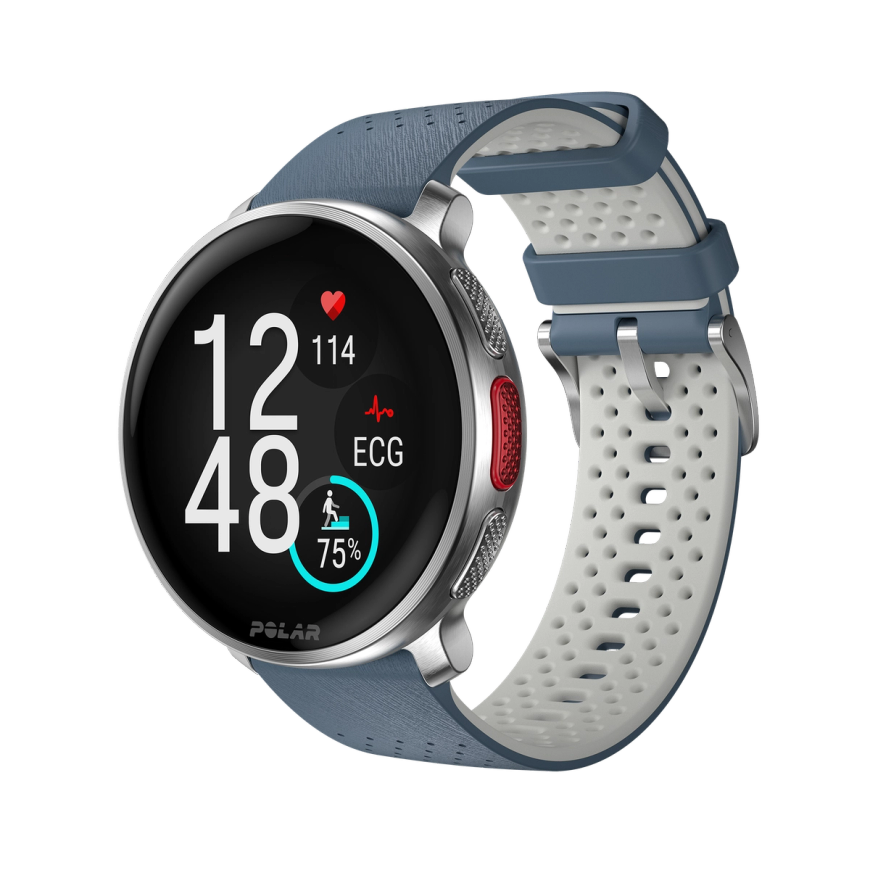
Polar Vantage V3
Premium Multisport Watch
An ensemble of biosensing instruments, AMOLED display, dual-frequency GPS, maps, and the most comprehensive suite of training and recovery tools on the market. The stage is set, and the Polar Vantage V3 smart sports watch is ready to put in the performance of a lifetime.
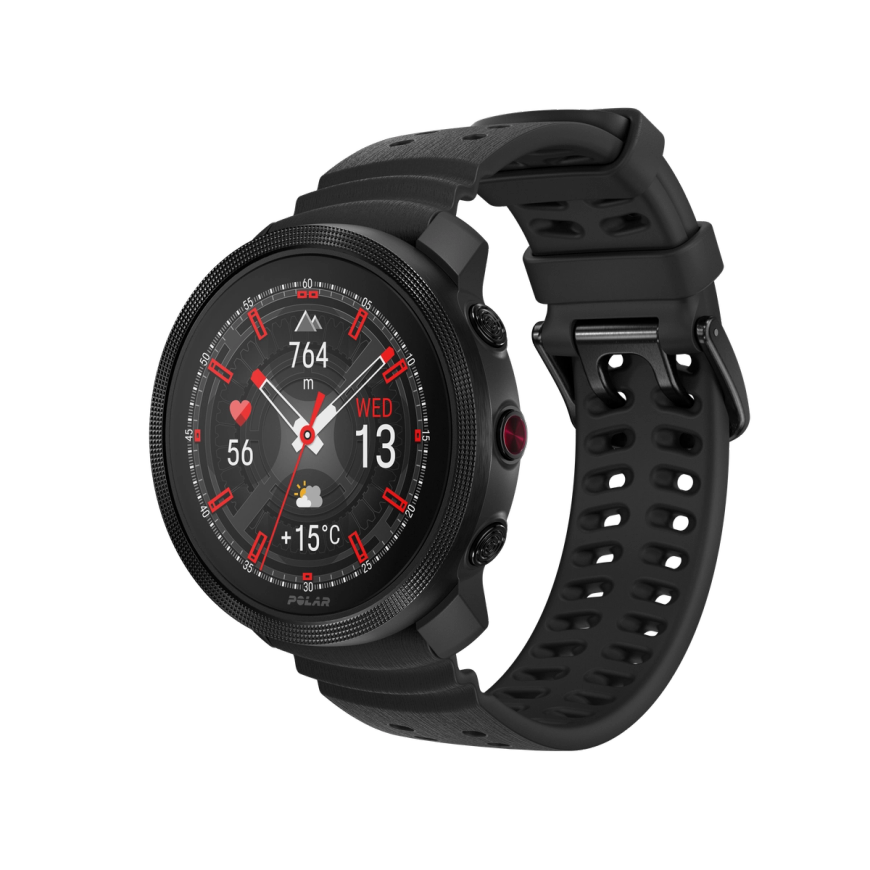
Polar Vantage M3
Smart Multi-Sport Watch
Polar Vantage M3 is a smart multi-sport watch for multi-sport athletes that’s compact yet powerful, stylish yet strong, and designed to bring extraordinary training, sleep and recovery tools into everyday life.
Schedule, adjust and rest
Track workouts offer a powerful tool to elevate your running performance. By incorporating a variety of workouts into your training routine, you can target specific areas like speed, endurance, and mental toughness. Remember, consistency is key, but so is rest. Avoid scheduling hard track sessions back-to-back to allow your body adequate recovery time.
To reduce repetitive strain, consider varying your running direction. Try running clockwise on the outer lanes or incorporating off-track warm-up and cool-down sessions. By listening to your body and adjusting your training plan as needed, you can continue to progress and achieve your running goals.
 Polar Vantage M3
Polar Vantage M3
 Polar Grit X2 Pro Titan
Polar Grit X2 Pro Titan
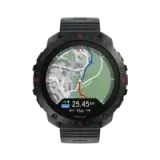 Polar Grit X2 Pro
Polar Grit X2 Pro
 Polar Grit X2
New
Polar Grit X2
New
 Polar Vantage V3
Polar Vantage V3
 Polar Ignite 3
Polar Ignite 3
 Polar Pacer Pro
Polar Pacer Pro
 Polar Pacer
Polar Pacer
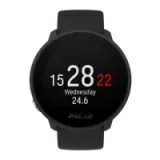 Polar Unite
Grit X Series
Vantage Series
Pacer Series
Ignite Series
Polar Unite
Grit X Series
Vantage Series
Pacer Series
Ignite Series
